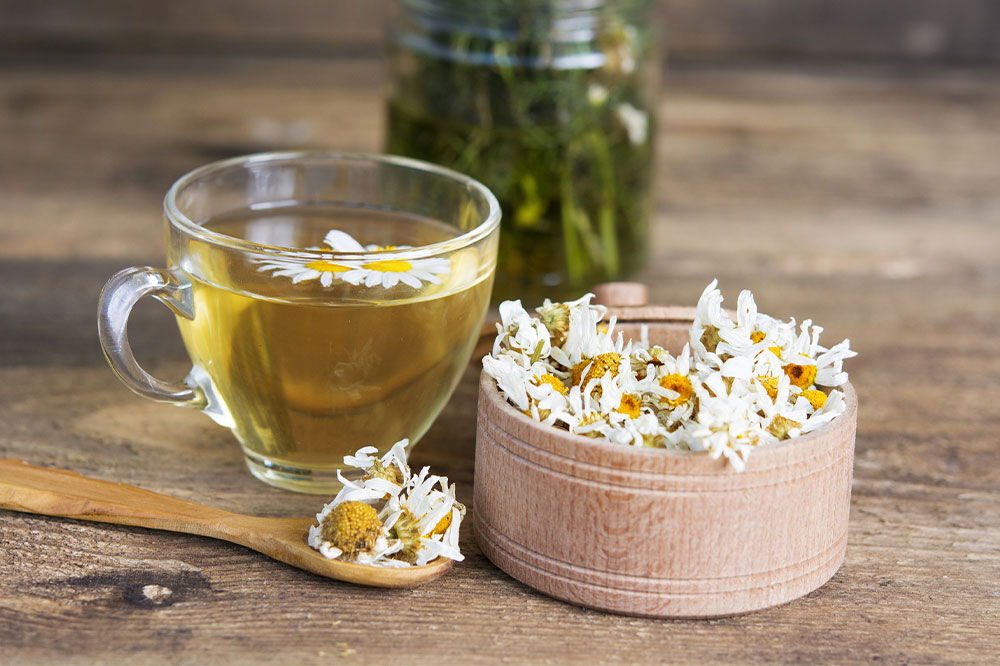9 Simple Headache Relief Hacks to Try at Home

Experiencing headaches is a common phenomenon for everyone. Some headaches develop gradually and fade out without needing intervention, prescription, or otherwise. Other headaches are triggered due to poor nutrition and lifestyle choices that affect the body’s regular functions. The severity of headaches also varies drastically from mild discomfort to severe pain that disrupts one’s daily routine. So, here are some simple relief ideas to better manage the pain and discomfort caused by headaches.
Sip a cup of tea
Sounds a little basic but tea is rich in antioxidants and pain-relieving nutrients that can definitely curb mild to moderate headache pain. Tea also naturally helps lower inflammation, hydrate the body, provides stress relief, relaxes the muscles, blocks certain pain signals, and boasts aromatherapy benefits as well for long-term relief. Chamomile, peppermint, ginger, willow bark, feverfew, lime tree, and Sichuan lovage are some of the best ingredients used to make teas for tension headaches relief. Each herb boasts medicinal properties that improve blood circulation, fight inflammation, eliminate toxins from the bloodstream, and induce better sleep for rest and recuperation. Explore these flavors and see the one that works best for daily consumption.
Changes in daily nutrition
Certain foods and beverages that contain caffeine, monosodium glutamate, nitrates, and tyramine can trigger a variety of headaches. While these foods may be really tasty for consumption, they don’t necessarily add any value to boost daily nutrition. Chocolates, coffee, colas, instant noodles, deli meats like hot dogs, sausages, and pepperoni toppings on pizzas are at the top of the list. Several other baked foods or confectionaries contain these preservatives and additives. Many foods bought from the supermarket are also laced with ingredients that only improve shelf life but can directly trigger headaches. Eliminating these foods can help overcome any pain or discomfort.
Deep breathing and mindfulness training
Breathing control is one of the few proven techniques for relaxing the body and among the first exercises recommended in mindfulness training or therapy. Tension headaches can be eased with deep breathing focusing on the point of stress to overcome the pain and discomfort. Rhythmic breathing with slow inhales and exhale breaths will help the body relax better within a short duration. Daily breathing exercises relax the body and lower the risk of stress-induced headaches. Alternatively, deep breathing exercises use the strength of the abdomen to inhale and exhale air allowing maximum oxygen saturation slowly.
Acupressure
Certain points on the body can automatically provide relief when massaged firmly and using the correct technique. Acupressure is an ancient relaxation therapy that works wonders by relieving symptoms like nausea or vomiting triggered by headaches. A dedicated point on the palm of the hand, just three fingers up from the base of the wrist, is the accurate pressure point to massage. Many studies are conclusive that acupressure can provide the same relief that one would get by consuming prescription muscle relaxers.
Stick to a routine
Headaches can also be triggered due to an erratic schedule that disrupts optimum sleep and rest cycles. Doctors recommend sticking to a routine and not making drastic changes to sleeping hours, waking hours, and meal planning. Simply set the alarm and wake up at the same time every day. Also, one must never skip important meals as prolonged hunger is one of the primary triggers of a bad headache. Eat healthily and exercise a couple of times every week to help the body remove toxins affecting metabolic functions. Lead a healthy lifestyle to ensure a healthy mindset as well.
Try a compress
A hot or cold compression pack can provide immediate relief from muscle tension headaches that can be triggered due to stress. Hot compression packs can be purchased from the local pharmacy to be heated for use as and when necessary. Alternatively, cold compression packs can provide soothing relief for persistent pressure headaches. Cold compression packs can be kept in the freezer for a couple of hours before use. For those who don’t have a pack handy, simply use a clean washcloth or face towel and fill it up with ice cubes. Apply it over the pain areas allowing the cold to soothe the aching muscles.
Take a short nap
Most headaches are fatigue or stress-induced, as the mind is not getting rest at frequent intervals to cool down. Disturbances in daily sleep routines are also one of the main triggers of these headaches. The simple solution here is to manage a short nap, even if it’s a busy day, to allow the mind and body some much-needed rest. Research studies conclude a short 20-minute power nap works wonders, especially when taken in the afternoon.
Get a massage
A steady massage can help release all that built up tension to provide much-needed relief from tension headaches. Massages have a therapeutic effect and provide deep tissue relief from bad posture, mainly affecting the upper body and neck region. It is also possible to develop chronic pain due to bad sitting or working posture. Deep tissue and shiatsu are among the recommended massages done by a professional massage therapist. Alternatively, there are self-massage therapies that one can explore to provide quick and soothing relief from a bad headache.
Drink plenty of water
Studies show that dehydration can also be one of the major triggers of headaches. Water is essential for blood circulation and is part of major functions that flush out toxins from the body. Inadequate water consumption will also affect the electrolyte balance in the body leading to stress headaches. A full-grown adult must consume at least 8–10 glasses of water each day. Therefore, it is advisable to limit the consumption of caffeinated and flavored beverages. Too much caffeine in the bloodstream is also one of the subtle triggers of headaches.






